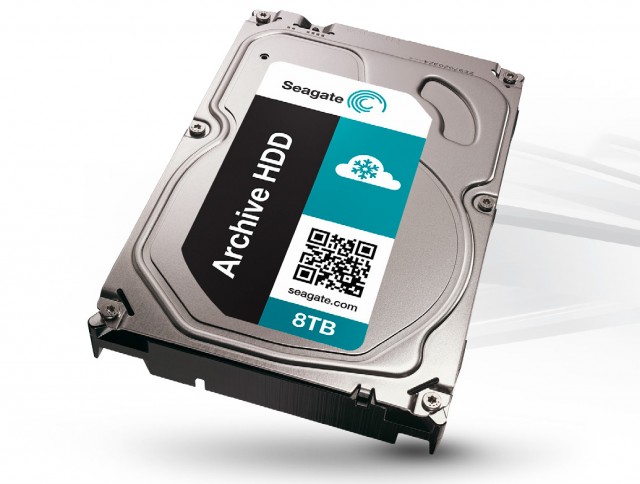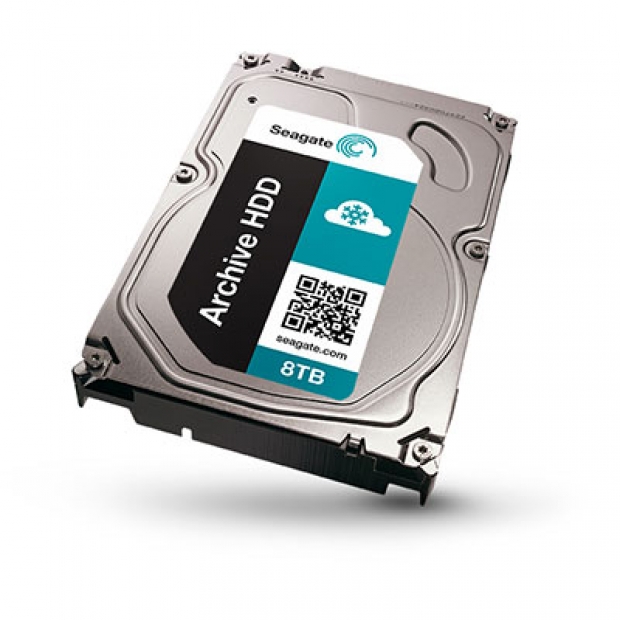Seagate has announced its first drive based on shingled magnetic recording (SMR), a new technology that could give mechanical drives another lease on life.
The first Seagate product to be based on SMR technology is an 8TB hard drive priced at $260, which sounds like relatively good value given the pricing of traditional 4TB drives.
Speed is not a priority
Seagate markets the new product as an 'Archive HDD' which makes perfect sense - few people would use a huge 3.5-inch unit as their system drive. Such drives are usually used solely for storage, paired with a speedy 250GB-class SSD acting as the system drive.

Another angle is power efficiency. SMR is supposed to deliver superior efficiency, making the drives even more suitable to the archive role.
However, the first drive (ST8000AS0002) is no slouch. It is a 5900rpm unit with 128MB cache, with average read and write speeds on 150MB/s. The MTBF is 800,000 hours, which sounds encouraging.
So what's this SMR mumbo jumbo?
Seagate is not the only outfit working on SMR drives - in fact all hard drive makers are. The new technology allows Seagate to produce 1.33TB platters, or 33% more than previous generation drives that maxed out at 1TB per platter. The increase in density is made possible by changing the way data is stored compared to perpendicular recording.
This means SMR drives can be slimmer, quieter, more efficient and of course cheaper. It also means that we will get some weird capacities. For example, Seagate is already talking about 5TB drives. The company plans to launch 5TB, 6TB and 8TB models based on SMR.
The trade-off is that SMR drives will end up somewhat slower than perpendicular drives, but then again they will be cheaper. In fact, the new 8TB drive is expected to end up about 10% cheaper than perpendicular 6TB drives.
You can check out Seagate's video explaining the new technology after the break.





